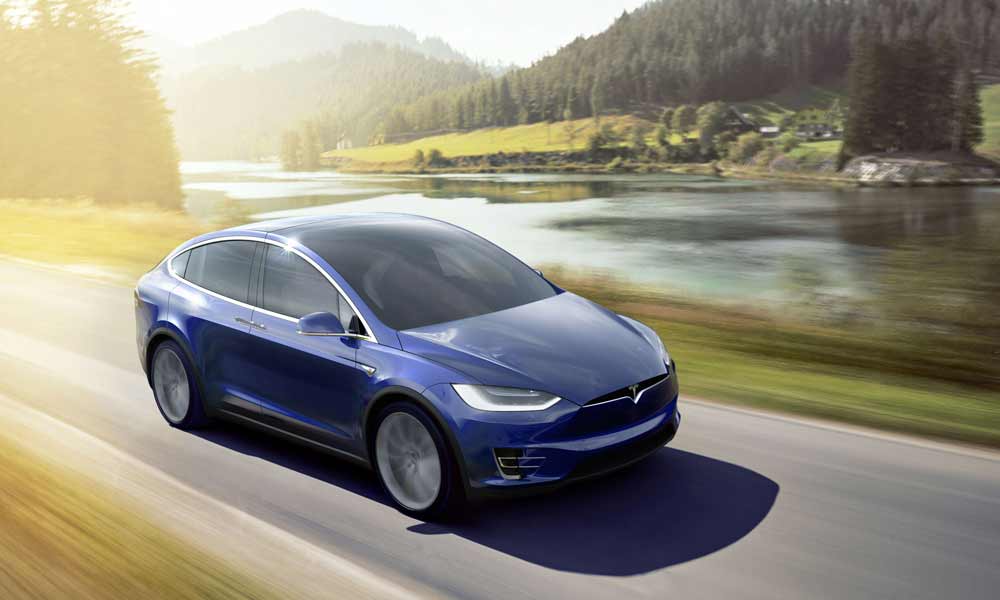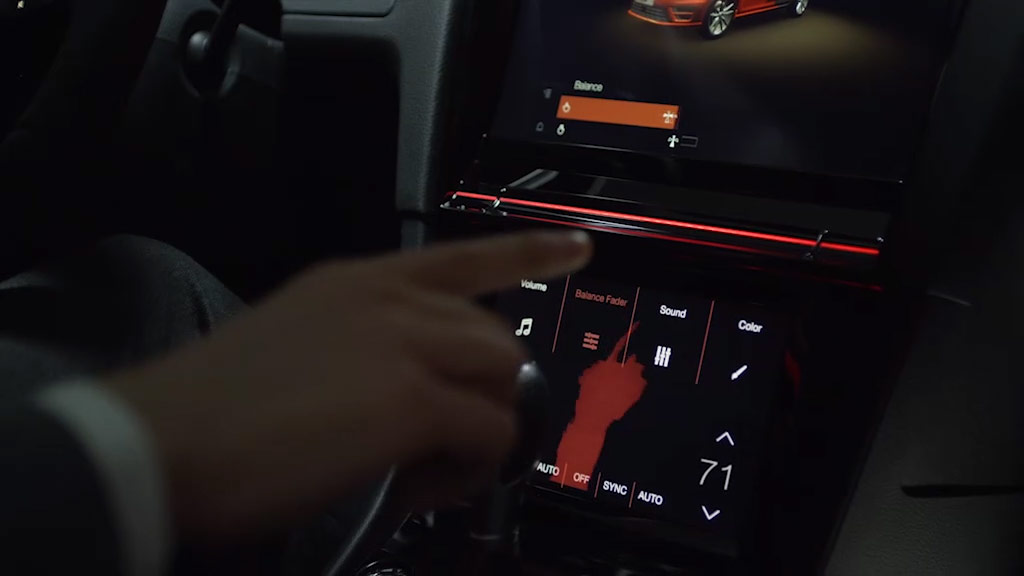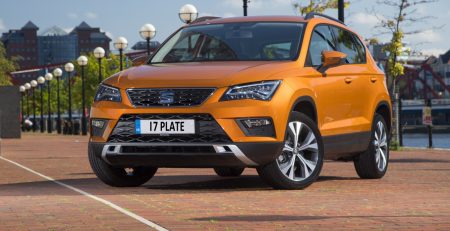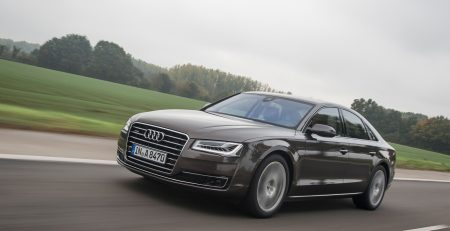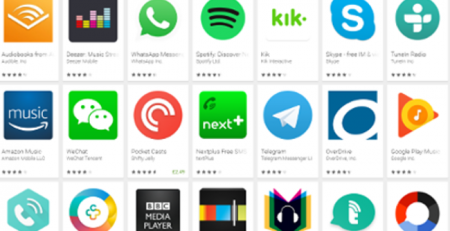London announced a T-charge from late 2017 for Euro 4 (EU4) vehicles, while Stuttgart banned Euro 5 too. Will London step u read more
What car innovations can we expect in 2016
Safety features and infotainment software have come on leaps and bounds in recent years, with the likes of parking assist, rear view cameras and touchscreen displays enhancing the car experience profoundly.
But don't expect any let up in 2016 though, as car manufacturers look carry on the momentum in the next 12 months. Below we take a look at some of our favourite tech introductions from 2015, and a look ahead at what is set to come our way in the new year.
What we saw in 2015
Heads Up Display (HUD)
Heads Up Display (HUD) first appeared in 2013 but took the new car world by storm in 2015. HUDs help avoid driver distraction as well as increase driver safety by placing everything you need in the line of sight. They car's wind-shield is transform into a smart screen, which then displays the same the information that you would normally find on the dashboard. Some HUDs offer lane departure warnings and speed-limit warnings, and it is expected that more features will arrive within the next year.
Panoramic Wind-shield
Those who bought a new car in 2015 would be forgiven for thinking they were sat in the front seat of a helicopter, as wind-shields were made bigger and clearer than ever. The increase in larger screens go hand-in-hand with the rise of HUDs, by providing much more space to incorporate its display. Car technology masters Tesla say that the new Model X is home to the largest wind-shield yet.
Automatic Boot Opening
Not the most exciting innovation of the last year, but one of the more practical is Automatic Boot Opening. Designed to help those in need when it comes to balancing heavy items and opening the boot, this system functions by connecting your smart key when within distance. This new innovation is can be seen in the 2015 Kia Sedona and a number of other models.
Lane Centreing
Found in new versions of the Ford Fusion and Toyota Prius, Lane Centreing systems uses on-board cameras and the car's brakes to gently centre the car back into the lane when it finds itself drifting.
Automatic Braking
One of the most important safety features to come out of 2015 was Automatic Braking, a system which could save a number of lives and has since been made standard by several major car manufacturers including Audi, BMW and Ford. The system can automatically alert drivers by vibrations through the seat or steering wheel when the car is close to colliding with an object from the front of the car.
What to expect in 2016
The Self-Driving Car
Google's race to creating the world's first self-driving car began back in 2009, and 2015 saw signs that the search engine giant were very close to producing one. They announced that the company's fleet of driverless vehicles had drove more than 1.2 million miles. Towards the end of the year it was revealed that Ford could be partnering with Google, although no official confirmation has been announced, yet. Google face some stern competition though as Apple joined the race when they declared they too were in the process of building a self-driving car. 2016 may well be the year the world finally sees autonomous cars on the road.
Matrix LED Lighting
Audi's all-new A4 will feature innovative matrix LED lighting that will give drivers sufficient illumination on the roads. It's even been designed so that oncoming drivers won't be troubled by dazzling lights, as a radar fitted in the car will detect objects in the distance, allowing the lights to operate a shield that blocks the A4's bright high beam light from other drivers.
Available with: 2016 Audi A4, priced from £25,900 in the UK
Self-Cleaning Windows
2016 could be the year that any need for drivers to take their hands off the wheel becomes extinct, as Self-Cleaning Windows would be another step in complete focus on the road ahead. Car makers, most notably Kia, have been working on this system that can deflect rain, snow and hail away from the windows.
Push button Shifter
Cars are getting spacier and less cluttered each year, and in 2016 the centre console could be the next area that receives a facelift. Push buttons have been gradually replacing switches over recent years and now the U.S based 2016 Honda Pilot will swap the gear stick for push buttons. It could be a game changing innovation in the car world, and one the UK won't want to miss out on.
Available with 2016 Honda Pilot SUV from £21,000 (est), currently not available in the UK
Hand Gesture Control
Those giant touchscreens placed on the dash of these new cars may have to change their name soon, as Hand Gesture Control looks set to be one of the main technology innovations of 2016. The 2016 BMW 7 Series sedan will include the option to control the latest BMW iDrive multimedia control system, allowing drivers to adjust volume by rotating their index finger, or answer a Bluetooth phone call with a simple point of the finger towards the screen.
One of the biggest technology innovations of recent years is hand gesture control, and it looks like it is set to finally reach the world of cars in 2016. The 2016 BMW 7 Series sedan will debut the latest version of BMW's iDrive multimedia control system, which can be optionally controlled by hand gestures. Drivers could adjust audio volume by rotating their index finger, or answer a Blue-tooth paired phone call by pointing their finger toward the screen. BMW will be competing with the Mercedes E-Class for when it comes to their hand-gesture-screens.
Available with:
2016 Mercedes E-Class from £35,000 (est) in the UK
2016 BMW 7 Series sedan from £63,750 in the UK

